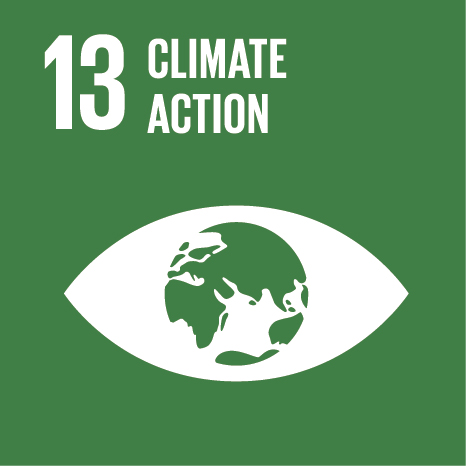Ciência_Iscte
Publications
Publication Detailed Description
Estrutura genética do vector de malária Anopheles atroparvus em Portugal: implicações num contexto de aquecimento global
Book Title
II Workshop Clima e Recursos Naturais – Bragança, Portugal ‐ 15 a 19 de Novembro 2010 – Livro de Acta
Year (definitive publication)
2010
Language
Portuguese
Country
Portugal
More Information
Web of Science®
This publication is not indexed in Web of Science®
Scopus
This publication is not indexed in Scopus
Google Scholar
This publication is not indexed in Overton
Abstract
With the present state of environmental and climate change, there is a growing concern
about (re) emerging diseases, particularly those that are vector-borne. Of these, malaria is
the vector-borne disease with the highest impact on human population.
In a potential scenario of malaria resurgence in Europe, the rate of transmission of
Plasmodium parasites will be most certainly affected by patterns of structure and connectivity
among vector populations. This is the main subject of the present work, regarding the former
malaria mosquito vector in Portugal, Anopheles atroparvus.
Thus, we genotyped 10 microsatellite markers in mosquitoes collected at 10 sites in
Portugal, between 1993 and 2008.
Our data suggest a widespread gene flow over the country, and a positive correlation
between geographical distances and genetic differentiation among A. atroparvus
populations. Estimates of effective population size (Ne) based on temporal samples ranged
between 1990 and 12197. Tests of "bottleneck effect" suggest a population contraction in
almost all populations sampled. These results can be explained by the intensive anti-vector
campaign taken in the past (until 1970s). This present population structure assessment of A.
atroparvus in Portugal constitutes the background knowledge of the last 15 years.
We recommend that the assessment of ecological, biological and genetic parameters of
sentinel-localities should be maintained in the future. These should include areas of tourism
and with migrant human populations.
Acknowledgements
--
Keywords
Fields of Science and Technology Classification
- Earth and related Environmental Sciences - Natural Sciences
- Biological Sciences - Natural Sciences
- Other Natural Sciences - Natural Sciences
Contributions to the Sustainable Development Goals of the United Nations
With the objective to increase the research activity directed towards the achievement of the United Nations 2030 Sustainable Development Goals, the possibility of associating scientific publications with the Sustainable Development Goals is now available in Ciência_Iscte. These are the Sustainable Development Goals identified by the author(s) for this publication. For more detailed information on the Sustainable Development Goals, click here.

 Português
Português



